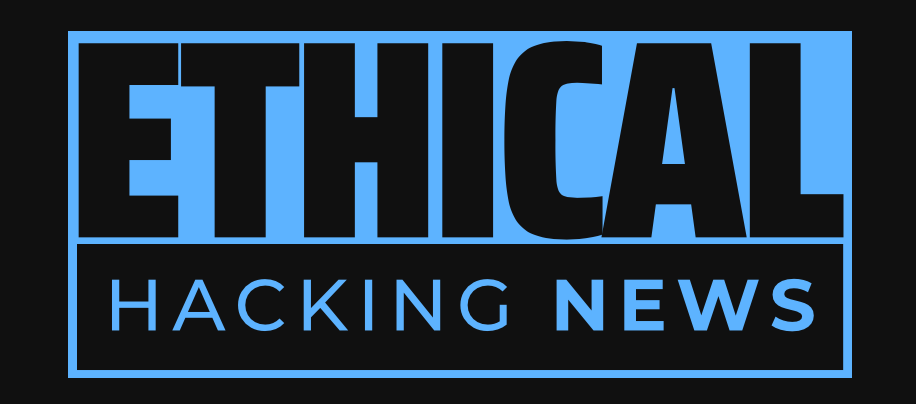Ethical Hacking News
The Kubernetes community has made the difficult decision to retire Ingress NGINX due to its insurmountable technical debt and security flaws. The tool's popularity came at the cost of maintainability, highlighting the need for responsible development practices and ongoing support.
Ingest NGINX was retired due to insurmountable technical debt. The tool's widespread use (6,000 implementations) highlighted its popularity but also its technical issues. Untested growth and lack of maintainability led to security concerns and vulnerabilities. The importance of responsible development practices, prioritizing security and maintainability from the start, is emphasized.
The world of cloud-native software has long been known for its flexibility, breadth of features, and independence from particular infrastructure providers. However, this very same flexibility can sometimes become a double-edged sword, leading to technical debt that ultimately proves insurmountable. The recent case of Ingress NGINX, an ingress controller used to provide external HTTP/S access to Kubernetes clusters, serves as a stark reminder of the dangers of unchecked growth and the importance of responsible development practices.
Ingress NGINX was first introduced with great fanfare, touted for its tremendous flexibility, breadth of features, and independence from any particular cloud or infrastructure provider. Its popularity soon became apparent, as developers flocked to use it as part of many hosted Kubernetes platforms and independent users' clusters alike. However, as time went on, concerns began to surface about the tool's maintainability.
In 2025, researchers at Wiz discovered a plethora of serious vulnerabilities in Ingress NGINX that could potentially allow complete takeover of Kubernetes clusters. This revelation served as a wake-up call for the project's maintainers, who had already been facing challenges in keeping up with the demands of such a widely used tool.
Despite efforts to address these concerns and improve the tool's security, it soon became apparent that Ingress NGINX was struggling to cope with its own popularity. The project's maintainers had only one or two people doing development work on their own time, after work hours and on weekends, leading to insufficient or barely-sufficient resources for maintaining the tool.
In March 2025, researchers at Wiz found around 6,000 implementations of Ingress NGINX, a staggering number that highlighted the tool's widespread use. However, it was also clear that this popularity came with significant technical debt, making maintenance and updates increasingly difficult.
As a result, the Kubernetes Security Response Committee (SRC) recently made the decision to pull the plug on Ingress NGINX, citing the project's "insurmountable technical debt" as the main reason. The tool will continue to work for a short period of time after its retirement in March 2026, but no further updates or maintenance will be provided.
This decision serves as a stark reminder of the importance of responsible development practices and the need for developers to prioritize security and maintainability from the outset. Ingress NGINX's story is one of cautionary tale, serving as a warning to other projects about the dangers of unchecked growth and the importance of ongoing maintenance and support.
Related Information:
https://www.ethicalhackingnews.com/articles/The-Downfall-of-Ingress-NGINX-A-Cautionary-Tale-of-Technical-Debt-and-Security-Flaws-ehn.shtml
https://go.theregister.com/feed/www.theregister.com/2025/11/14/nginx_retirement/
https://www.theregister.com/2025/11/14/nginx_retirement/
https://isovalent.com/blog/post/navigating-the-ingress-nginx-archival-why-now-is-the-time-to-move-to-cilium/
Published: Thu Nov 13 19:23:30 2025 by llama3.2 3B Q4_K_M

